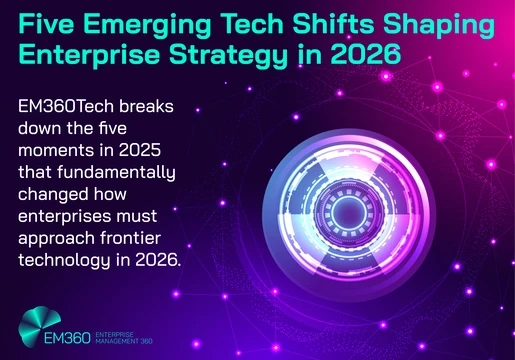Flexible working is not a particularly new concept. But, for many businesses, COVID-19 transformed it from a perk to a necessity. Since then, its benefits have shone through for many. Less time spent commuting can equal more time spent with family and friends, no dress code can mean increased levels of comfort. Many businesses are finding themselves becoming more flexible, offering hours that line up with childcare and other commitments. Meanwhile, many employees are finding that they feel more in control of their workload, resulting in a better work-life balance.
However, whilst the perks are positive, they can also very quickly become distractions for employees working remotely. In the wrong circumstances, families, friends and other distractions can serve as a perfect excuse to put off work. It’s no wonder that employee productivity is a concern for an increasing number of businesses.
In order to track how employees are performing in their new remote workspaces, many businesses are turning to surveillance technologies. But, with concerns around privacy and the levels of intrusiveness often associated with these types of technologies, is this really the answer to boosting remote productivity?

The rising tide
The urgent and unexpected need to transition an entire workforce to a remote model has been no easy task for any business. The immediate restructuring has given rise to countless complexities, many of which revolve around productivity.
This is because productivity is key to survival – both during the global pandemic and beyond. In order to ensure an adequate level of productivity, some businesses have resorted to tracking and monitoring tools. Whilst many banks and financial institutions have had similar technologies in place for many years, for regulatory purposes, the current situation seems to be encouraging a more wide-spread adoption. With this has come questions and concerns around employee privacy.
Last month, PWC was criticised for the development of a facial recognition technology that uses webcams to detect when employees are not in front of their computer screens. Employees are required to provide a written explanation for any absences, including toilet breaks. For some, this method of constant observation goes too far, intruding on employee privacy and showing a lack of trust.
Whilst it’s true that maintaining productivity when working remotely requires a strong sense of discipline, surveillance is not the answer. Even in an office space, employees wouldn’t be subjected to constant observation. Instead, they are trusted to complete tasks and progress activity. Constantly checking in and monitoring individual team members is not an effective use of time for managerial teams. It doesn’t lead to increased productivity in an office environment or a remote one. In fact, it’s often counterproductive. Businesses looking to boost productivity require alternative solutions to maintain consistency and motivation levels high.
Achieving remote productivity
There are several challenges that organisations need to be aware of when looking to maximise remote workforce productivity. All can be overcome without the use of surveillance technologies.
One of the main challenges is around ensuring effective collaboration when your team is geographically dispersed. Being able to communicate with colleagues is really important for individual and overall productivity. As a matter of fact, our most recent Employee Engagement survey found that those who are able to work and collaborate effectively tend to feel the most engaged at work.
Whilst employees are free to communicate in an office setting, working remotely can cause a sense of disconnect between teams and colleagues. To enable connectivity - and encourage productivity - organisations must establish a way for employees to collaborate without micromanaging or using intrusive surveillance tools.
Using technologies such as video conferencing and chat services, alongside remote collaboration platforms will enable employees to communicate openly with their colleagues. Project management software platforms keep open lines of communication through built-in real-time dashboards and a single view of tasks, which leads to increased productivity.
As companies begin to get to grips with remote working practices, it’s important that they keep track of what works and what doesn’t. They need to be flexible and mould their tactics to try and adopt practices that work for their employees. The most important thing will be to ensure that employees feel trusted and comfortable working remotely. Creating a healthy culture where teams feel connected, motivated and inspired to work, ensures optimum productivity, regardless of where employees are located.







Comments ( 0 )